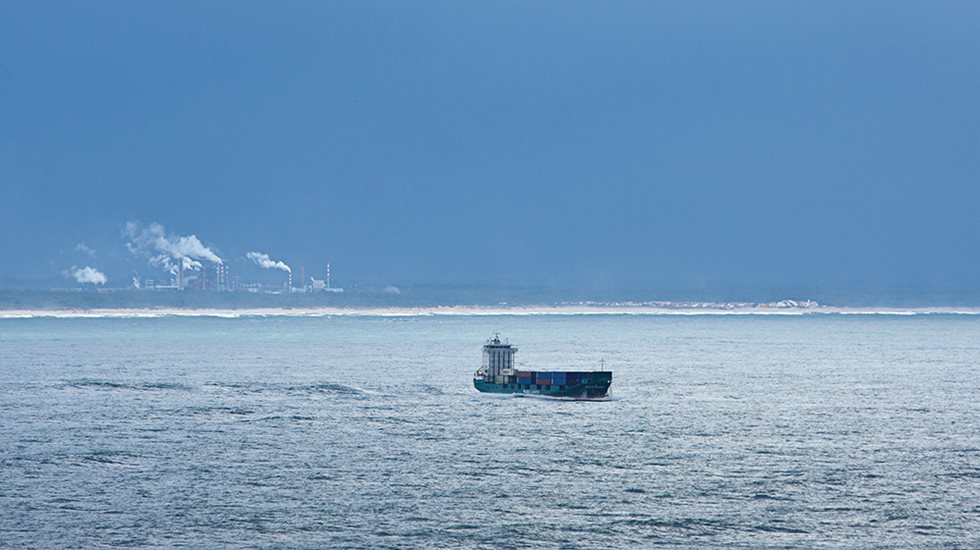Challenges, like lack of containers, blank sailings and port congestions, that have been impacted by the ocean freight, have in return impacted other logistics services. Thus, logistics market overall has been extremely unstable. The topic is complex and to fix the issues, asking the right questions is the key. To be prepared for the future, organizations should ask themselves three questions: How has the current logistics network been set up? How agile is it during uncontrollable events? How adaptable is it for necessary changes? At Metso Outotec, we have had to answer of these questions.
Targeting on-time delivery despite the challenges
We are not immune to the mentioned challenges in the logistics market. One of our most important KPI is on-time delivery which is constantly challenged by global operations and cargo moving delays. We have changed our operating model and processes, and developed agile ways of working to better meet the current market situation. We have launched global initiatives to ensure better visibility of the shipments and timely updates of the impacts in the market.

